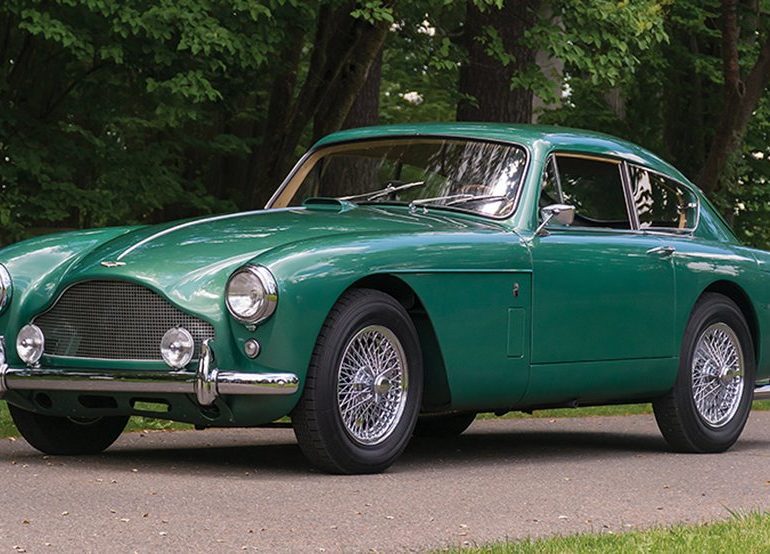We all remember James Bond driving a DB5 in Goldfinger and a DBS in In Her Majesty’s Secret Service and a V8 in The Living Daylights and—perish the thought—a BMW in Goldeneye, but they got back on track with a DBS V12 in Casino Royale.
The genesis of the Aston Martin as Bond’s car of choice was in the book Goldfinger. Bond was offered the choice of a 3.4 Jaguar or a DB 2/4 MkIII Aston from the motor pool. Both would have fit his undercover assignment, but the Aston had switches to change the color of the headlights, reinforced bumpers and a secret hiding spot under the driver’s seat for a long-barreled Colt 45.



